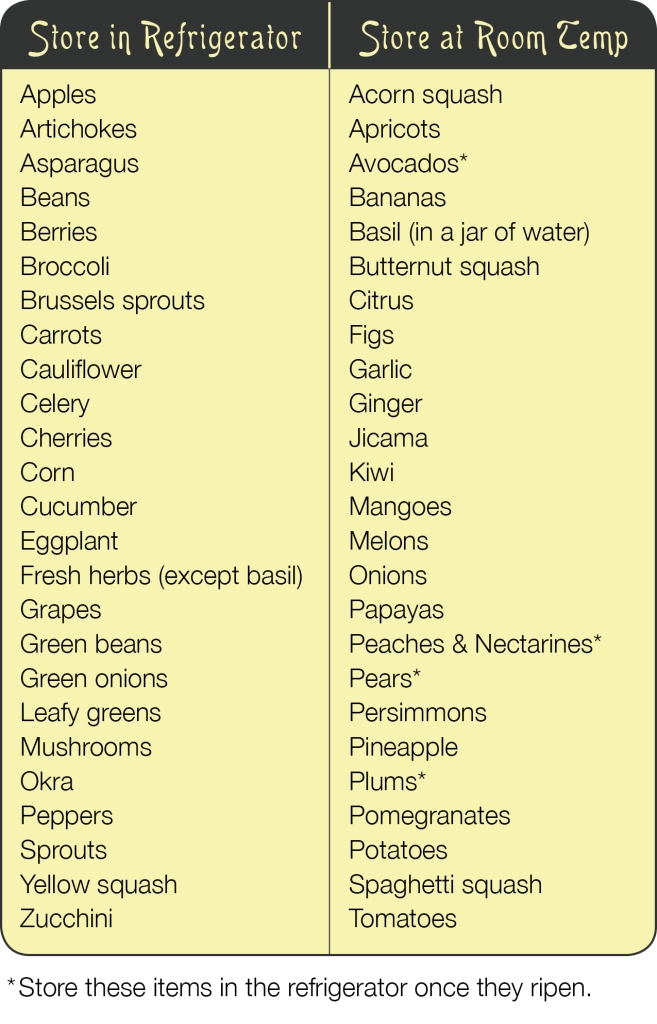It’s the first day of winter and to celebrate I have a very special post, focusing on the seasonal fruits and vegetables throughout the year.

I am a firm believer that you should eat “seasonally,” or include foods in your meals that are grown at the same time of the year you eat them. For example, that means beets in the winter, and corn in the summer. Eating seasonally is important, and carries benefits to your health and your wallet.
At first glance, eating seasonally may seem simple—you eat foods that are in season, or being grown and harvested at the time of the year when you buy them. But there’s more to it than just being a trendy food movement. There are real benefits to eating foods that are available at their peak right now.
Perhaps the biggest tangible benefit of eating seasonally is that you’ll save money at the grocery store and farmer’s markets. When you buy what’s in season, you buy food that’s at the peak of its supply, and costs less to farmers and distribution companies to harvest and get to your grocery store. It may seem like common sense, but it’s one of those things many of us ignore when we’re shopping.
However, the best consequence of eating seasonally is that you get the best tasting, healthiest produce available. The same reasons that keep the cost of seasonal food down also drive its quality up: The food is grown closer to you so it doesn’t spoil on its trip, it’s harvested at the peak of its season, and sold during its season, before it spoils. Ideally, this means you’re getting fruits and vegetables that haven’t had time to lose their flavor or their health benefits by sitting in a shipping container for a trip across the ocean.
Please feel free to print this little “cheat sheet” and post in on the fridge as a reminder of what to look for at the grocery store this winter.
Sources: Life Hacker and United States Department of Agriculture






